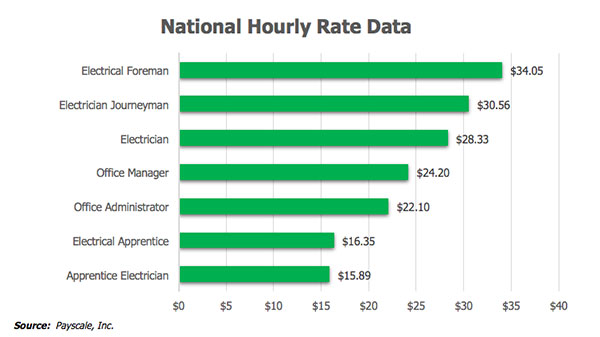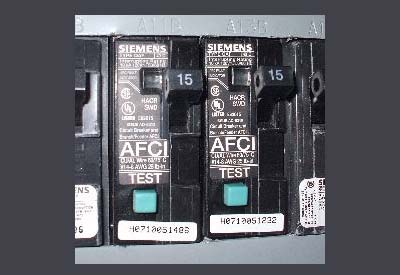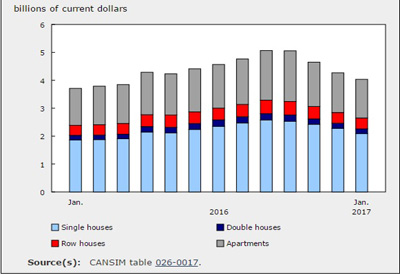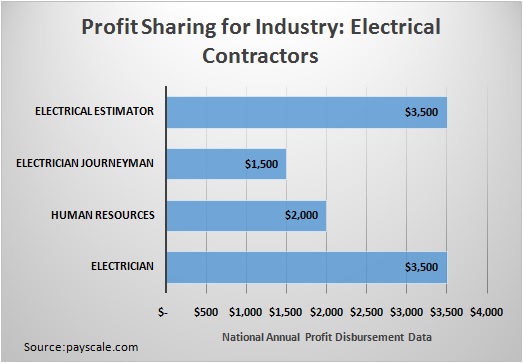S&C Self-Healing Technology Saves Enmax 30 Million+ Customer Minutes

Oct 6, 2017
Enmax Power Corporation, an Alberta-based utility, was facing more frequent and longer power interruptions, causing its reliability rating from the Canadian Electricity Association to slide toward the third quartile. With a goal of achieving first-quartile reliability, Enmax took on the challenge to improve its system reliability.
To tackle this task, Enmax put out a call for bids for a five-year distribution automation project that would improve the reliability of its worst-performing circuits and enhance the utility’s ability to operate its distribution system safely and reliably. Enmax set goals to achieve and maintain top-level reliability performance, as measured against peer Canadian utilities through the System Average Interruption Duration Index (SAIDI) and System Average Interruption Frequency Index (SAIFI). Canadian utilities, including Enmax, are held to a more stringent one-minute threshold compared to the five-minute threshold of the IEEE SAIFI calculation.
S&C solution
After a rigorous selection process, Enmax chose S&C, with whom it had a working relationship spanning six decades. This experience enabled S&C to understand Enmax’s needs to improve reliability.
Enmax conducted extensive reliability studies to ascertain the best locations for the automation switching points. S&C conducted a radio-frequency study, training Enmax personnel to perform this work as they expanded the system and the radio communication system that enabled peer-to-peer communication between the switches deploying S&C’s IntelliTeam II Automatic Restoration System. Using the results of that research, S&C and Enmax designed a comprehensive plan, assessing the most cost-effective use of resources to target the worst performing feeders, and to ensure the utility obtained the maximum value from the system.
At the start of the project, ENMAX deployed S&C’s Scada-Mate Switching System along with remote supervisory PMH pad-mounted switchgear controlled by S&C switch controls with radio communication to automatically reroute power in the event of an outage. As the technology evolved, ENMAX decided to deploy IntelliRupter PulseCloser fault interrupters on the overhead system to further improve reliability and address momentary interruptions (shown in photo).
The addition of S&C’s PulseClosing technology to the system, which uses 95% less energy than reclosing when testing for faults, also reduced the mechanical stress exerted on Enmax’s network, thereby increasing asset life. The communication system was also upgraded to S&C’s SpeedNet radios, offering faster communication speeds.
S&C additionally provided technical support and comprehensive training to enable the Enmax team to use the S&C equipment to its full potential.
To date, Enmax has automated 155 feeders using Scada-Mate switching system controls, IntelliRupter PulseCloser fault interrupters, remote supervisory PMH pad-mounted switchgear, and Vista underground distribution switchgear, all controlled by the IntelliTeam II automatic restoration system. This deployment represents 50% of the Enmax distribution system.
Results
Over the course of the five-year project, Enmax realized significant reliability-improvement benefits. These proven benefits, coupled with the potential future benefit of continuing the project, encouraged the utility to continue with an ongoing program, currently in its 15th year.
To date, the project has saved Enmax more than 602,000 customer interruptions and 32.1 million customer minutes of interruption. The resulting reductions in SAIDI and SAIFI have allowed Enmax to become a top performer for utility reliability.
“We are reaching reliability figures that would just not be possible without S&C technology,” says Dean Craig, Manager Grid Modernization, Enmax. “We are proud to have partnered with S&C on this journey and continue to work together to automate the rest of our network.”
Upon reaching its goal of becoming a first-quartile performer for reliability, Enmax decided to examine the overall economics of reliability improvement. To this end, Enmax has conducted multiple studies that incorporate data developed by the U.S. Department of Energy and Lawrence Berkeley National Laboratories to assess the cost of interruptions to all power users. The studies compared the capital cost to the utility of continued deployment of distribution automation to the savings in customer interruption costs from the resulting improvement in reliability. In the most recent study, the projected customer savings outweighed the cost of automating additional feeders by a factor of 2.5 to 1, justifying the automation of 27 more feeders. See the table below.
Together, Enmax and S&C continue to demonstrate the IntelliTeam II restoration system’s self-healing technology provides significant reliability benefits to power utility customers.

Some 27 of the 128 13-kV feeders have higher customer-outage savings than the cost of distribution-automation implementation.

















